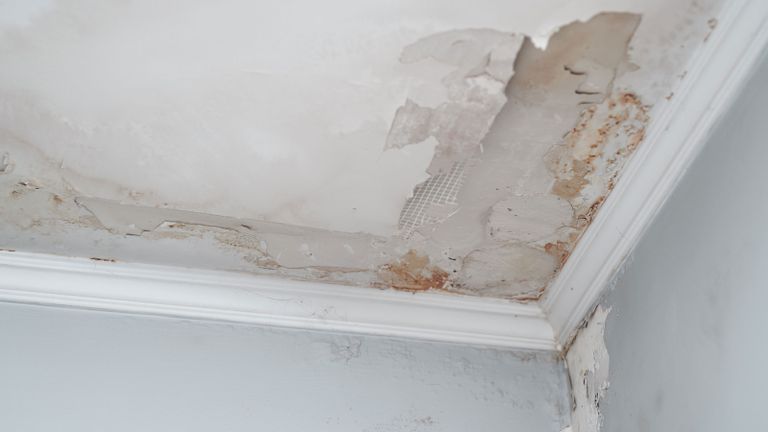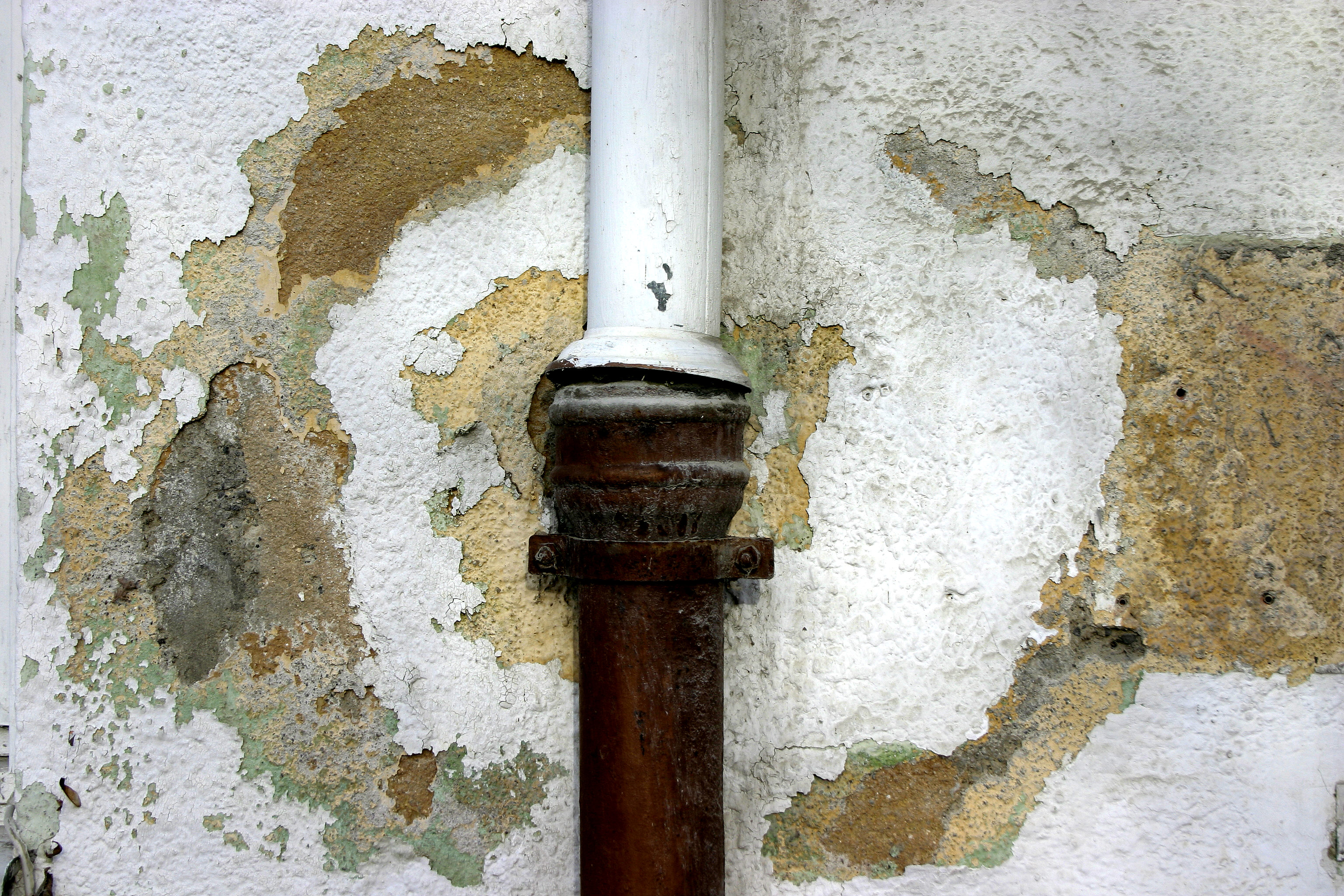Do's and Don'ts During Water Damages Emergency Situations.
Do's and Don'ts During Water Damages Emergency Situations.
Blog Article
This great article below on the subject of What You Can Do At Home To Prevent Fire And Water Damage is especially engaging. Don't skip it.

Water provides life, water intrusion on parts where it's not supposed to be can result in damages. Residences with water damage smell stuffy as well as old.
Water can come from numerous sources such as typhoons, floodings, ruptured pipes, leakages, as well as sewer concerns. In case you experience water damage, it would certainly be great to know some safety and security precautions. Below are a few standards on just how to handle water damages.
Do Prioritize House Insurance Protection
Water damages from flood as a result of heavy winds is seasonal. Nevertheless, you can also experience an unexpected flooding when a defective pipeline suddenly ruptures into your home. It would be best to have home insurance coverage that covers both disasters such as all-natural tragedies, and also emergency situations like broken plumbing.
Don't Neglect to Switch Off Energies
In the event of a calamity, especially if you live in a flood-prone area, it would be a good idea to shut off the major electrical circuit. This cuts off power to your entire home, stopping electric shocks when water comes in as it is a conductor. Do not fail to remember to turn off the major water line valve. When floodwaters are high, furnishings will walk around and create damages. Having the main shutoff turned off prevents more damage.
Do Stay Proactive as well as Heed Climate Notifies
Pay attention to emptying warnings if you live near a lake, river, or creek . Doing so lowers prospective property damages.
Don't Ignore the Roofing System
You can avoid rain damages if there are no openings and leaks in your roof covering. This will avoid water from streaming down your wall surfaces and soaking your ceiling.
Do Focus On Tiny Leakages
A burst pipe doesn't happen overnight. Normally, there are warnings that show you have actually damaged pipelines in your house. You might observe bubbling paint, peeling wallpaper, water streaks, water spots, or dripping sounds behind the wall surfaces. At some point, this pipeline will certainly rupture. Ideally, you should not await points to intensify. Have your plumbing repaired prior to it leads to enormous damages.
Do Not Panic in Case of a Burst Pipeline
Keeping your clearheadedness is essential in a time of situation. Due to the fact that it will certainly stifle you from acting fast, panicking will only worsen the problem. When it pertains to water damage, timing is key. The longer you wait, the more damage you can expect. Thus, if a pipe bursts in your house, quickly shut down your major water shutoff to remove the source. Then disconnect all electric outlets in the area or switch off the circuit breaker for that part of your house. Lastly, call a respectable water damages reconstruction expert for support.
Water offers life, water intrusion on parts where it's not expected to be can result in damages. Houses with water damage odor mildewy as well as old.
Water damages from flooding dues to heavy winds is seasonal. You may discover gurgling paint, peeling off wallpaper, water streaks, water stains, or dripping noises behind the walls. When it comes to water damages, timing is crucial.
Some Do's & Don't When Dealing with a Water Damage
DO:
Make sure the water source has been eliminated. Contact a plumber if needed. Turn off circuit breakers supplying electricity to wet areas and unplug any electronics that are on wet carpet or surfaces Remove small furniture items Remove as much excess water as possible by mopping or blotting; Use WHITE towels to blot wet carpeting Wipe water from wooden furniture after removing anything on it Remove and prop up wet upholstery cushions for even drying (check for any bleeding) Pin up curtains or furniture skirts if needed Place aluminum foil, saucers or wood blocks between furniture legs and wet carpet Turn on air conditioning for maximum drying in winter and open windows in the summer Open any drawers and cabinets affected for complete drying but do not force them open Remove any valuable art objects or paintings to a safe, dry place Open any suitcases or luggage that may have been affected to dry, preferably in sunlight Hang any fur or leather goods to dry at room temperature Punch small holes in sagging ceilings to relieve trapped water (don't forget to place pans beneath!); however, if the ceiling is sagging extremely low, stay out of the room and we'll take care of it DO NOT:
Leave wet fabrics in place; dry them as soon as possible Leave books, magazines or any other colored items on wet carpets or floor Use your household vacuum to remove water Use TV's or other electronics/appliances while standing on wet carpets or floors; especially not on wet concrete floors Turn on ceiling fixtures if the ceiling is wet Turn your heat up, unless instructed otherwise

I was shown that article on What You Can Do At Home To Prevent Fire And Water Damage through an acquaintance on a different web address. Those who enjoyed reading our post kindly be sure to pass it around. Thank you for your time. Come back soon.
Report this page